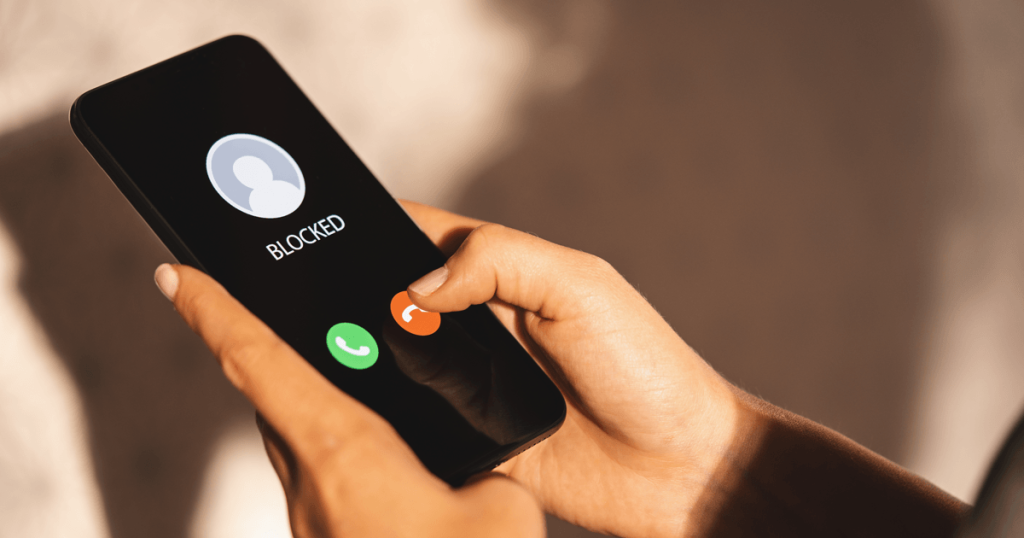In today’s hyper-connected world, our phones are gateways to both convenience and risk. While texting remains a primary form of communication, it’s also become a tool for scammers targeting people through fake messages. These messages can appear convincing often impersonating banks, government agencies, delivery services, or even potential romantic interests. Knowing how to identify a fake text message is critical for protecting your identity, finances, and peace of mind.
Whether you’re dating online, shopping, or simply managing your day-to-day activities, being able to spot a fake message is a digital survival skill you can’t afford to ignore.
What Is a Fake Text Message?
A fake text message (also known as smishing, short for SMS phishing) is a deceptive SMS or text message crafted to trick the recipient into clicking malicious links, sharing sensitive information, or downloading harmful files. These messages often appear urgent or emotionally charged, pushing you to take action immediately.
Scammers use fake texts to:
- Steal passwords or banking details
- Install malware on your device
- Trick you into sending money
- Gain access to personal information or social media accounts

Common Signs of a Fake Text Message
While scammers are clever, most fake texts share common warning signs. Here’s what to look for:
1. Unfamiliar or Spoofed Number
The message may come from an international number or appear like a known brand or contact, but the sender is unfamiliar. Spoofed numbers look real but are altered to deceive.
2. Spelling or Grammar Errors
Legitimate organizations proofread their messages. If a text contains poor grammar, odd phrasing, or obvious spelling mistakes, it’s likely fake.
3. Urgency or Threats
Scam messages often say things like “Your account will be closed in 24 hours” or “Click now to avoid arrest.” These scare tactics are designed to bypass rational thinking.
4. Suspicious Links
Shortened URLs or unfamiliar links that urge you to click immediately are major red flags. Always hover over the link (or preview it) before tapping.
5. Requests for Personal or Financial Info
No legitimate company or person will ask for your password, credit card number, PIN, or Social Security Number via text.
6. Messages from Unknown “Romantic Interests”
In the world of online dating, scammers may send flirty or affectionate texts to gain trust, then ask for money or sensitive data. These are classic romance scam tactics.

How to Protect Yourself from Fake Text Messages
Now that you know what to look for, here are steps to protect yourself and others:
1. Do Not Respond or Click Links
Even replying “STOP” can confirm your number is active. Ignore and delete suspicious texts.
2. Use Spam Filters
Most smartphones allow you to filter unknown senders or block specific numbers. Enable this setting in your messaging app.
3. Report the Message
In the U.S., you can forward the scam text to 7726 (SPAM). You can also report to your telecom provider or local cybercrime authority.
4. Verify Through Official Channels
If the message claims to be from your bank, a dating platform, or delivery service, don’t use the contact details in the text. Instead, visit their official website or call verified numbers.
5. Install Security Software
Use mobile security apps that can detect and block spam texts and malicious links in real-time.
Fake Texts and Online Dating: A Dangerous Combo
Scammers don’t just stop at apps they often move conversations to text messages to avoid detection. If someone you just met online starts texting and quickly:
- Avoids phone or video calls
- Asks you to send money or “help” them urgently
- Sends suspicious links or investment opportunities
…it’s likely a scam. Always verify identities, and if you feel pressured, back away. Love never comes with financial strings attached.
What to Do If You’ve Been Scammed
If you’ve already clicked a suspicious link or shared information, act quickly:
- Change your passwords immediately (especially banking, email, and social media).
- Contact your bank or credit card provider to freeze or monitor accounts.
- Scan your device for malware using trusted antivirus software.
- Report the scam to your country’s cybercrime authority.
For emotional support and safety resources, visit DatingAdvisory.org, where we help you stay informed, secure, and scam-free.



